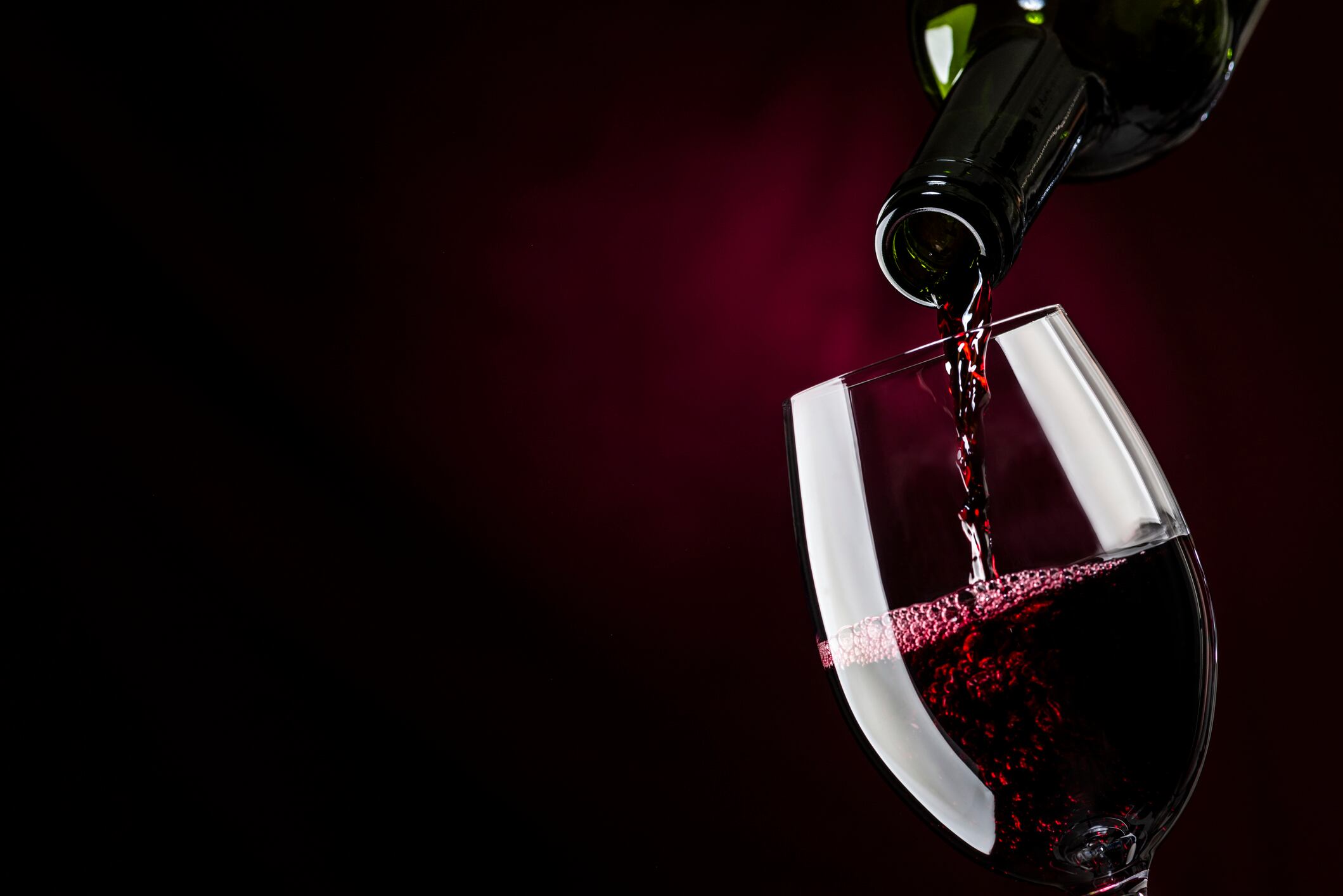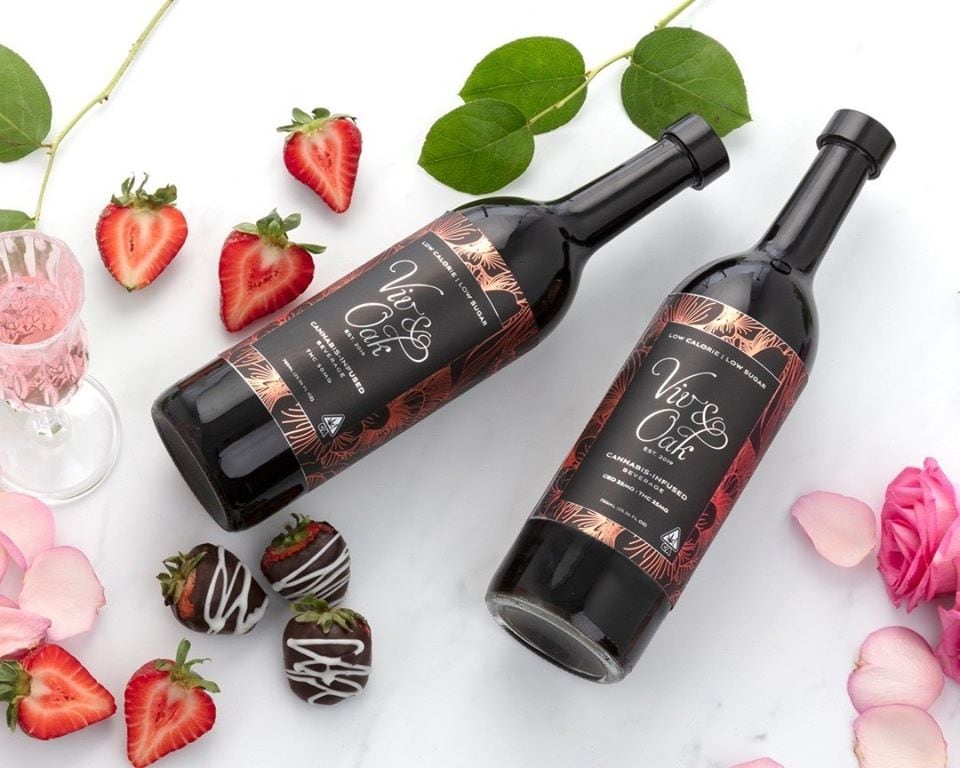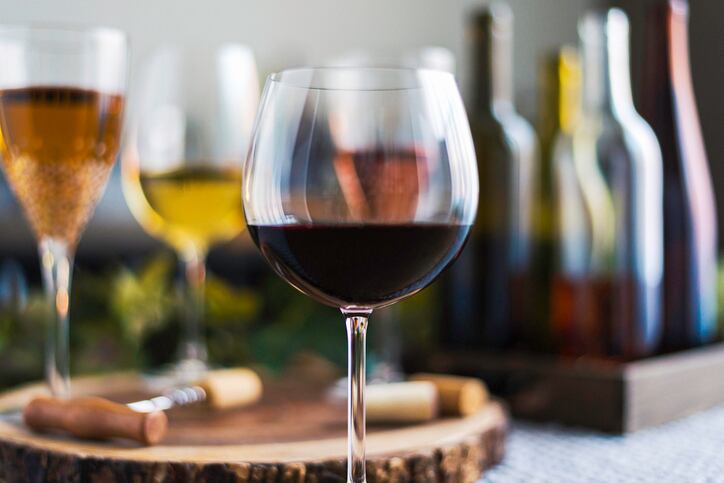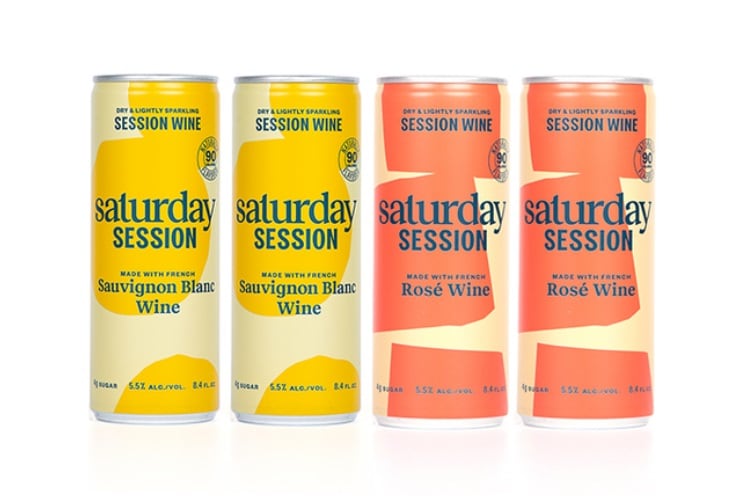In a survey among US wine drinkers, Wine Intelligence found that 39% had reduced their wine consumption over the last 12 months. While the majority of this group said they were simply cutting back on alcohol, a third said they were drinking less wine because they were switching to other alcoholic beverages.
And among those switching to other alcoholic beverage categories – estimated at 9 million regular wine consumers or 12% of the regular US wine drinking population - the most popular alternatives were hard seltzers and beer. Cannabis, meanwhile, remains an unquantified threat as it continues to emerge.
Trendy temptation: hard seltzers
Competition from other beverages is nothing new to the wine category: it’s had to compete with a number of trendy drinks over the last decade such as craft beer, hard cider or craft spirits.
But the rise of hard seltzers is notable because of its speedy assent to stardom and consequently its sudden impact on wine. Hard seltzers have the advantage of tapping into several key trends at once: being relatively low in alcohol (4-7% ABV); low in calories (typically less than 100 calories); and packaged in light, eye-catching cans.
And consumers aged 35 are the most likely of regular wine drinkers to try hard seltzers: according to the report, 49% of hard seltzer drinkers who also drink wine monthly are under this benchmark, while 73% are 45 or younger.
Those entering the hard seltzer category are also among the more involved wine drinkers, who would normally be the ones spending at premium levels when buying wine. However, this could also indicate a positive point of difference for wine, in that hard seltzer drinkers still attach a certain prestige to wine and consider it for certain drinking occasions.
Hard seltzers are still, however, a small category compared to wine: at $3.4bn retail value compared to $70bn for wine. But while wine volumes headed into decline into 2019, hard seltzers continue to rise.
Wine down, hard seltzers up
Hard seltzer's volume share of the US alcohol market jumped threefold from 0.8% in 2018 to 2.5% in 2019, to 82.5m 9-litre cases, worth approximately $3.4bn at retail value, according to IWSR figures.
Although the US wine market has grown consistently for the past 30 years - and doubled in size since the turn of the century - it's suffered its first fall in 25 years with US wine volumes for 2019 showing a year-on-year decline of 0.9%.
Understand what consumers want
So what can wine brands do to tempt consumers back to the category? Understanding seltzer’s success and drawing lessons from it will be key, says Wine Intelligence COO Richard Halstead.
“What’s notable about the recent surge in hard seltzer sales is that a few far-sighted brand owners, chief among them White Claw, have positioned themselves precisely and very successfully to meet today’s consumer needs,” he said.
“Therefore, to compete more effectively with hard seltzer - and the next fashionable beverage that comes along - the wine industry must understand better those consumer needs and how hard seltzer made itself a must-buy in 2019.
“Hard seltzer is meeting a consumer need for a light, refreshing, pleasant tasting and lower-in-alcohol product - beer without the bitterness, or wine with less alcohol. The most successful hard seltzer brand, White Claw, promotes itself as low carb (2g per 19.2 oz / 545 ml can), low in calories (100 cal per can) and gluten free.
“Interestingly, a standard glass of wine (5 oz / 150ml) can also claim very similar attributes: for a relatively dry wine at 13% ABV, 3g of carbs, 120 calories, and no gluten either. Unlike wine, the typical hard seltzer can offers simplicity and reliability in terms of flavour: while wine may offer a tasting description but this may be a bit vague.
“And there is a lot more visual branding in hard seltzer – bright colours, clear logos, and so on – which allow consumers clear sight of a brand proposition, and the opportunity to make a quick and reassuring decision.”
US wine consumers - and where they're going
- 47% of consumers say the amount of wine they drink has not changed
- 12% say they’re drinking less wine because they’ve switched to other alcoholic beverages
- 8% are drinking less wine as they’ve switched to non-alcoholic beverages
- And 7% say they are drinking less with as they’ve switched to cannabis products (this rises to 14% among males aged 21-34)
Cannabis
But another threat to wine comes from a completely different direction: cannabis. Some 7% of consumers said they are drinking less wine as they’ve switched to cannabis products: but 29% of consumers aged 21-34 said they considered cannabis products to be a good alternative to wine.
Cannabis-infused drinks often market themselves as the perfect alternative to wine: hoping to tap into the same relaxation occasion without the calorie count of wine.
So how can wine brands tackle the cannabis threat?
“This is a more difficult question to answer than hard seltzers, because we have yet to see a strong mainstream cannabis-based beverage on the market,” said Halstead.
“However, the same logic of need identification and positioning applies here. What consumer needs might the cannabis drink meet, and at which occasion? Is it the wind-down-at-home-after-work moment, where all you want is something pleasant and reliable to help decompress out of work mode; or is it the social discovery moment, where you go out with a view of trying something new and exciting, perhaps in combination with a new venue or food style?
“The requirements for each occasion are very different, and successful cannabis drinks producers will have thought carefully about that moment, and what might be required.”




